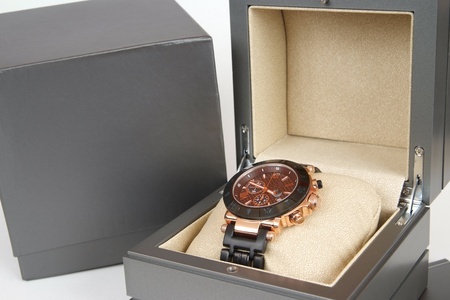Counterfeit production is a $700 billion industry. From currency to fake items produced to look like brand-named products, counterfeiting is a problematic crime that hurts small and large businesses – not to mention individuals – alike. Not only are there direct effects on individuals, it is also a means for funding organized crime.
In the information age, we have a newer weapon to fight back against counterfeiting – technology. Here are some of the ways we have been able to prevent or catch counterfeit products using today’s latest, most innovative technologies.
Yep, There’s An App For That
Mobile app companies and developers have found ways to counteract counterfeit felons. uFaker is a mobile app that opens communication between brand owners and law enforcement, private investigators and even lawyers. Brand owners can report fraudulent activity and help investigators track counterfeit activity. Black Market Billions is an app that behaves similarly, but tracks counterfeit activity by placing the location of the product(s) on an online map that’s linked to a GPS locator. This helps other consumers know if counterfeit items were identified in specific locations, which can prevent further purchases.
Unique Marking Patterns
You’re likely aware of the careful pains governments go through to watermark and uniquely identify currency for the purposes of preventing counterfeit. This same practice is true for products, well outside the bounds of marketing brand names and logos. Companies can use a partially invisible thread to create a brand-specific pattern that becomes visible when viewed under special lighting. For plastic products, companies can use plastic additives or pigments to create unique company markings and identifiers.
Further still are iridescent security images, a technology that has gone far beyond older forms of hologram identifiers. A company called Nanotech Security investigated butterfly’s iridescent blue and green wings in order to replicate the colors using an embossing technique that can be applied on fabric and metal products. The image can be purchased by companies for pennies per unit, but can be highly expensive and challenging for counterfeiters to reproduce.
Websites
As with any kind of security, information is truly power. There are a variety of online efforts aimed at educating the public about fake products and knockoffs. The Counterfeit Report opens an avenue for manufacturers to teach consumers about fraudulent products and encourages readers to report and refute purchase of such items. While seasoned shoppers are largely aware that fake products exist, young and new shoppers may not be familiar with the hallmarks of a bogus product. The International Trademark Association took action by launching the Unreal Campaign, aimed at educating teens and pre-teens about the economic and social risks of participating in counterfeit activity.
These and other technological initiatives utilize popular social media channels to continue and spread the word in an effort to cease and slow down counterfeiting.
Source: Pinow.com






